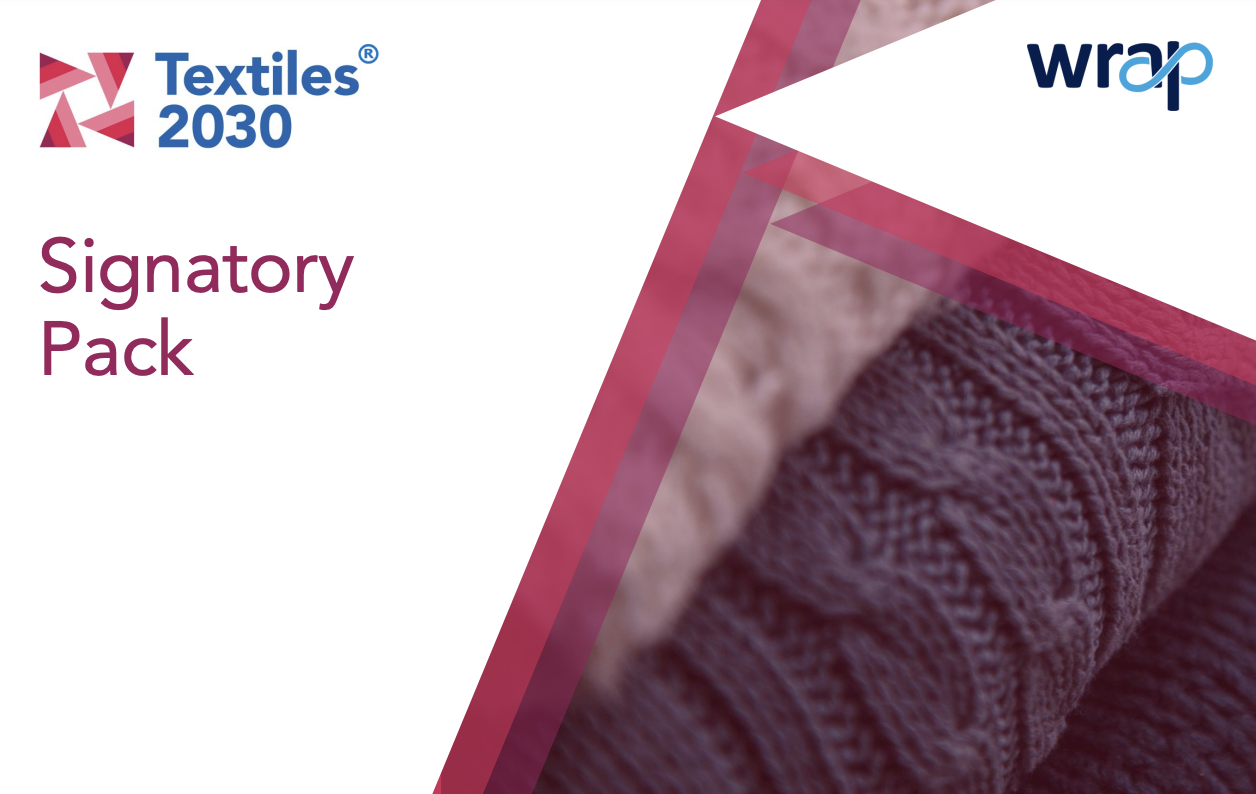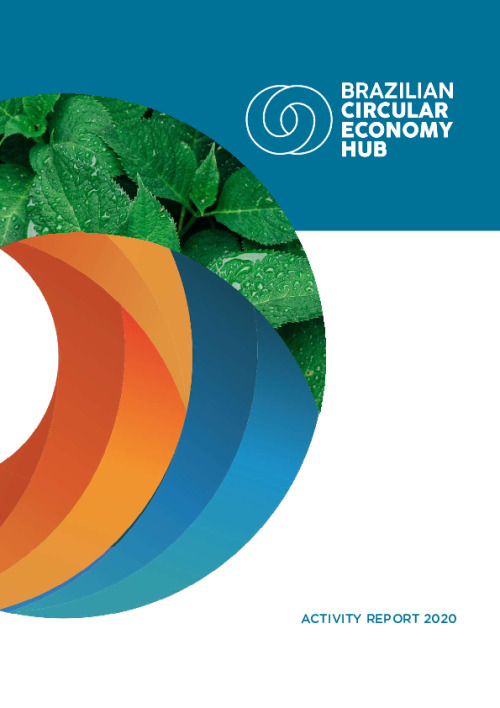Textiles 2030: New Voluntary Agreement

Textiles 2030™ is The Waste and Resources Action Programme (WRAP)’s new ground-breaking, expert-led initiative, harnessing the knowledge and expertise of UK leaders in sustainability to accelerate the Textile industry’s move towards circularity and system change in the UK. With an official launch in April 2021, the new voluntary agreement builds on the learning and success of the Sustainable Clothing Action Plan 2020 (SCAP 2020) and aims to engage the majority of UK fashion and textiles organisations in collaborative action.
Objectives of Textiles 2030
Textiles 2030 will be the most ambitious national voluntary agreement for clothing and other textiles in the world. The ten-year programme aims to transform UK clothing and home fabrics to reduce their impact on climate change. It will take the UK from a make-use-dispose culture to a circular one where goods are produced sustainably, used longer, and then re-used or recycled into new products.
Central is the Target-Measure-Act approach, which requires clothing and textile businesses to set targets, measure their impact and track progress on both an individual business basis, and towards national targets and public reporting. In this way, Textiles 2030 will reduce carbon emissions and contribute towards wider sector targets under the BRC Climate Action Roadmap, the Paris Agreement and the UN Fashion Industry Charter for Climate Action.
Textiles 2030 targets:
-
Cut carbon by 40-50% to align with Paris Agreement global target,
-
Cut water &
-
Create and deliver a circular textiles roadmap for the UK.
Impact and Results
Textiles 2030 will engage brands and retailers, recycling and re-use organisations in collaborative action as ‘Partners’ in fast-tracking the UK Circular Economy and tracking their carbon footprint using our ready-made, science-based Carbon Footprint Tool.
Partners include:
-
Innovators and groundbreakers: Join to supercharge the collaborative pace of the circularity work
-
Fashion and textiles brands and retailers: Sign up as ‘Member’ signatories and benefit from WRAP’s carbon footprint calculator tool to measure their GHG emissions.
-
Researchers, Academics & Industry membership groups: Join as ‘Affiliates’ to contribute their knowledge and expertise.
Textiles 2030 is funded by its signatories and government. Signatories will be in a position to contribute to national textiles policy discussions, responding to government proposals to shape Extended Producer Responsibility and other critical regulatory developments.
In the first 6 months that Textiles 2030 has been launched, Textiles 2030 has recruited over 92 signatories and affiliates, spanning brands, retailers, re-use and recycling organisations from across the fashion and textiles sector. Textiles 2030 signatories already represent 62% of all clothing put on the market in the UK.
Further Information
Under Textiles 2030, a Textiles 2030 Circularity Roadmap has been created and partner signatories will work together to achieve the following:
-
-
Design for Circularity: Agree good practice design principles, including durability, recyclability, use of recycled content and minimising waste, and implement them as appropriate to their business model and customer base, to lower the impacts of products placed on market in the UK
-
Implement Circular Business Models: Pilot reuse business models as appropriate to their product ranges, share learning, and develop large-scale implementation to extend the lifetime of clothing in the UK – and decouple business growth from the use of virgin resources
-
Close the Loop on Materials: Set up partnerships to supply and use recycled fibres for new products, accelerating the commercialisation of fibre-to-fibre recycling in the UK.
-
*Target definitions and values are subject to final agreement. Signatories will collaborate to agree milestones, metrics and targets to deliver the Circularity Ambitions and Roadmap, and work with Governments and other stakeholders.
Read the in-depth details of Textiles 2030 here: Textiles 2030
External source(s)





